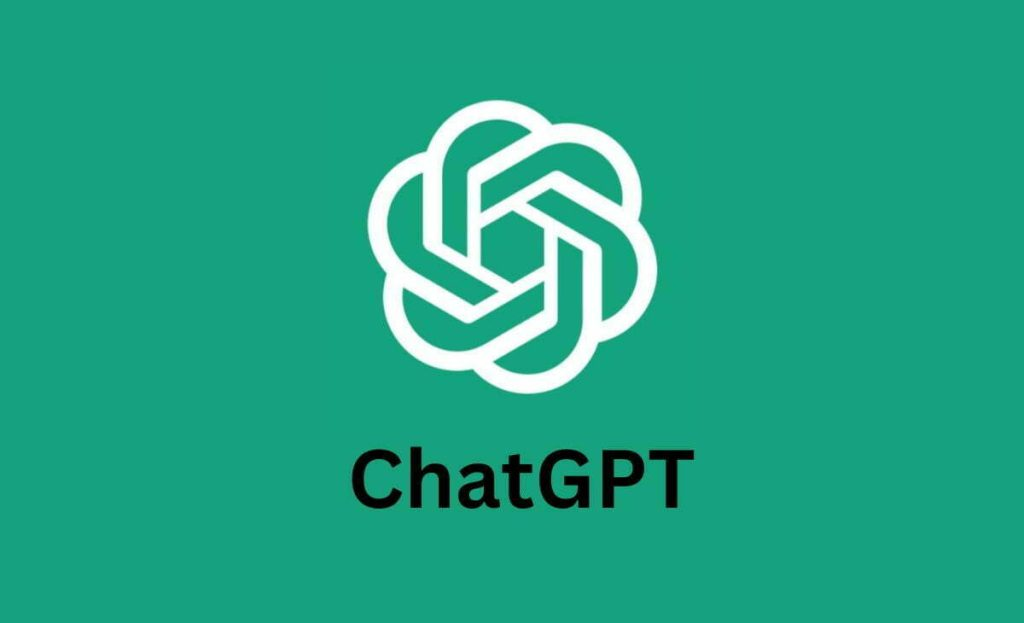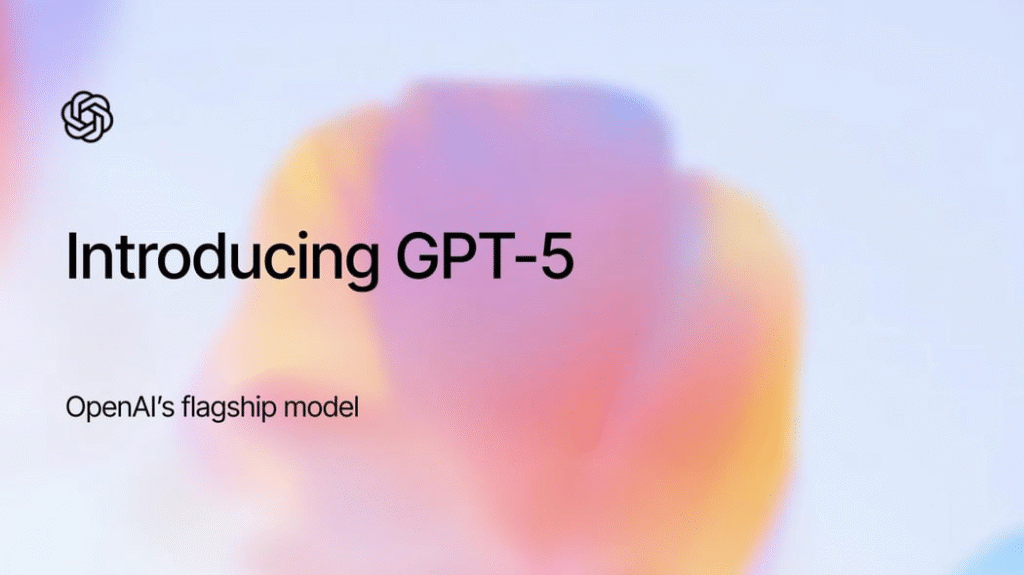“Discover why thinking from scratch is the must-have skill at OpenAI—and how GPT-5’s rocky launch teaches us real lessons on innovation and user trust.”

Have you ever felt the sting of something “new” missing that spark you didn’t even realize you loved? That’s precisely how many felt when ChatGPT jumped from GPT-4 to GPT-5 overnight. In the midst of all this hype—India emerging as a powerhouse market, bonus payouts for engineers, and OpenAI urging everyone to think from scratch—there’s a vital story here. One about innovation, empathy, and building with real humans in mind.
GPT-5 appears naturally above
What Does OpenAI Value—Beyond Degrees and Resumes?
Nick Turley, head of ChatGPT, laid it out plainly: OpenAI doesn’t hire for prestige—they hire for curiosity and initiative, especially the ability to “approach problems from scratch,” because there’s simply no analog for what they’re building Business Insider+1. Greg Brockman, cofounder, reinforces this—he preaches technical humility, listening deeply, checking your ego, and trusting the collaboration process Business Insider.
** Examples & Metaphor:**
Think of it like cooking without a recipe—you need to taste constantly, adjust spices on the fly, and listen to your inner palate. That adaptability and curiosity are what separates someone who “codes by the book” from a creator who crafts soulful, evolving products.
Key Takeaway
OpenAI prizes people who can build from first principles, stay humble, and collaborate deeply—a far cry from pedigree-driven hiring.
GPT-5: The Bold Launch—and Why It Didn’t Land Smoothly
GPT-5 launched on August 7, 2025 as OpenAI’s new flagship model—featuring a unified system with fast, reasoning, and “thinking” modes, plus a smart real-time router to simplify model switching WikipediaThe Economic TimesThe Times of India.
What went well:
- Better reasoning, coding, accuracy, and lower hallucination rates.
- Claims of “PhD-level” thinking and speed WikipediaThe Economic Times.
Where things buckled:
- Users missed GPT-4o’s warmth and personality—many said GPT-5 felt flat or “like a corporate beige zombie” Windows CentralTom’s GuideBusiness InsiderThe Economic Times.
- Emotional backlash: Reddit threads hit nearly 5,000 users, with subscribers demanding the return of GPT-4o Tom’s GuideBusiness Insider. Sam Altman admitted underestimating how attached people were to the model’s tone and pledged to restore it Business Insider+1.
- A “mega chart screwup” on launch day prompted a public apology for misleading comparisons Analytics Insight.
Analogies and Insights
It’s like shipping a car that’s faster and more fuel-efficient—but everyone loved the steering feel of the old model. You traded emotion for metrics.
Even the most advanced tech can feel hollow without emotional resonance. Innovation must marry genius with humanity.
India: Poised to Become OpenAI’s Biggest Market

OpenAI CEO Sam Altman spotlighted India as the second-largest user base (after the US) that could soon climb to number one—a testament to how fast Indians and businesses are embracing AI The Times of IndiaThe WeekThe Economic Times.
** India-specific relevance:**
- GPT-5 is free for all users, with tiered access (Plus, Pro, Enterprise) to scale affordability The Economic TimesWikipedia.
- Features include support for multiple languages and tailored reasoning models—crucial in India’s diverse linguistic landscape India TodayThe Economic Times.
- Altman plans to visit India in September to foster deeper engagement and partnerships India TodayOutlook Business.
Indian Metaphor
Think of India as a speeding train in adoption—its vast, diverse stations (users) demand tracks (features) that reflect local languages, contexts, and affordability.
India isn’t just a market. It’s an innovation engine—if AI adapts to diverse needs, there’s no ceiling.
Lessons for Indian Creators—and Human-First Innovators
Here’s how Indian bloggers, startups, or creators can adapt these lessons:
- Build from scratch. Don’t mimic global models—craft your solutions rooted in local nuances.
- Stay human. Even if your tech shines, emotional tone, storytelling, and warmth matter.
- Iterate boldly. Ship raw but listen deeply—early real-world feedback is gold.
- Culture matters. Hire for curiosity, grit, and humility—they don’t lick stamps for AI.
Real-Life Example
A Bengaluru edtech startup launched an AI tutor that was brilliant—but learners missed its empathy. After adding casual humor, local cultural references, and vernacular clarity, usage jumped 30%.
Your tech gains trust when it feels like it “gets you,” not just solves you.
Conclusion & CTA
GPT-5’s debut was a story of brilliance and blunders—cutting-edge capability meeting unmet emotional needs. OpenAI’s success isn’t just about smarter AI—it’s about humane AI, built by curious, humble innovators, embraced by empathetic users, especially in powerhouse markets like India.So here’s a question for you: What “personality” would you like AI to have, so you actually feel heard—not just answered? Drop it in the comments—I’d love to discuss.

Why did users dislike GPT-5?
Many felt GPT-5 lacked warmth and creativity, missing the emotive tone they loved in GPT-4o.
Why is India important to OpenAI?
India is the fastest-growing market that may soon surpass the US—many users and startups use AI in creative, high-impact ways.
What is GPT-5?
GPT-5 is OpenAI’s latest AI model, launched August 7, 2025, with faster reasoning, coding, and a smart router for dynamic responses.
Can I access older ChatGPT versions?
OpenAI plans to restore GPT-4o for Plus users after user feedback and surprise backlash.
Why does OpenAI value “thinking from scratch”?
Because what they build is unprecedented—it demands fresh perspectives, not replicating existing solutions.